Cryptocurrency Information
KuCoin: Cryptocurrency Exchange User’s Guide For Trading Coins
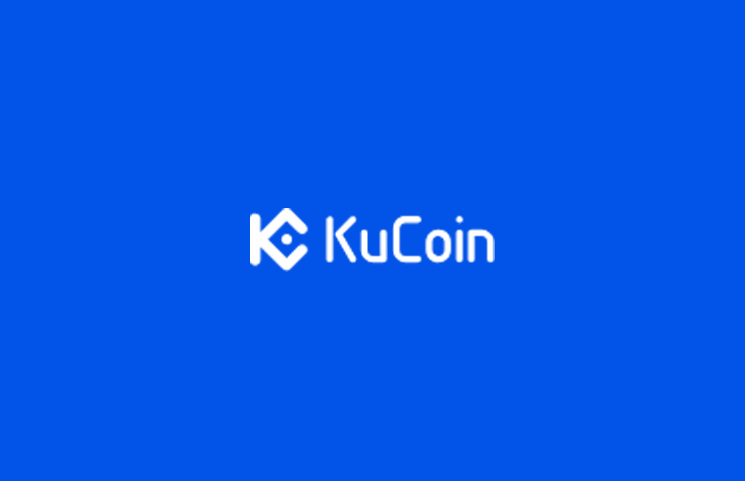
A modern exchange aiming to provide users with a safe and straightforward method of converting their currencies on a state-of-the-art platform with competitive trading and no fees for a deposit, it is obvious that Kucoin is ready to make its mark among the crypto exchange markets.
Table Of Contents
Kucoin is founded by a group of professionals with a passion for the blockchain who had already built up strong reputations at industry giants, such as GF Securities, Ant Financial, Youling, Jianbang Communication, and iBOX PAY. As stated on their official website which lists 12 core members, “Kucoin aims at providing users digital asset transaction and exchange services which are even safer and convenient, integrating premium assets worldwide, and constructing state of the art transaction platform”.
The Kucoin team has decided to step into the cryptocurrency exchange business in 2017. They are serving the industry with the superior customer service and a good enough UI/UX. Besides its web interface, Kucoin also has Android and iOS apps.
Kucoin is considered safe to use due to its proper security efforts which are placed at both the systems and the operational level.

The KuCoin Token (KCS)
Kucoin token or KCS is the token issued by the Kucoin Exchange. The token currently has a market cap of $210,889,450 USD. The Kucoin token, KCS Shares, has a total volume at issuance of 200 million and a current circulating supply of 181,043,076 KCS.
According to the KUCOIN team, a minimum of 10 percent of each quarter’s net profit will be allocated to buying back KCS, and those that KCS bought back will be destroyed immediately. KCS works with all Ethereum wallets, as it is a decentralized cryptocurrency based on Ethereum. The KCS is an ERC 20 token which is based on the blockchain of Ethereum and can be stored safely on ERC-20 supported wallets, such as Coinomi.
KCS was distributed through an ICO which occurred in three stages. The first phase accounted for 35 percent, about 70 million tokens, and involved issues for the founders. The second phase was for industry stars, consultants, and angel investors, accounting for 15 percent or 30 million KCS. The final, third phase, was for all users, and this public ICO accounted for the remaining 50 percent or 100 million KCS.
The KCS issued by founders within the first phase was said to have been locked up until a period of four years which is expected to end on Sept. 2, 2021. Meaning, Before Sept. 2, 2021, founders cannot sell or assign their KCS holdings. The angel investors and consultants have a two-year lockup period, ending on Sept. 2, 2019. The KCS purchased during the public offering do not have a lockup period, so they went on the exchange on Sept. 2, 2017.
There are a number of benefits of holding the KUCOIN token. Traders with some amount of KCS in their Kucoin account take advantage of reduced trading fees at the time that they place orders for online trades.
Also, the token comes with a bonus, which is awarded to users who hold this token. This incentive bonus amounts to half of all trading fees that the platform charges, with the percentage open to adjustment in the future. To achieve the daily bonus, users must have their KCS deposited within the Kucoin Platform. If the volume & amount of coins traded increases, the bonus of holding the Shares will increase as well and vice-versa. Holding 1 KCS earns you approximately $0.000375 USD per day at the current rate of KCS = $2.25/USD. You can get more light to the calculation here.
Key Features Of The Kucoin Exchange
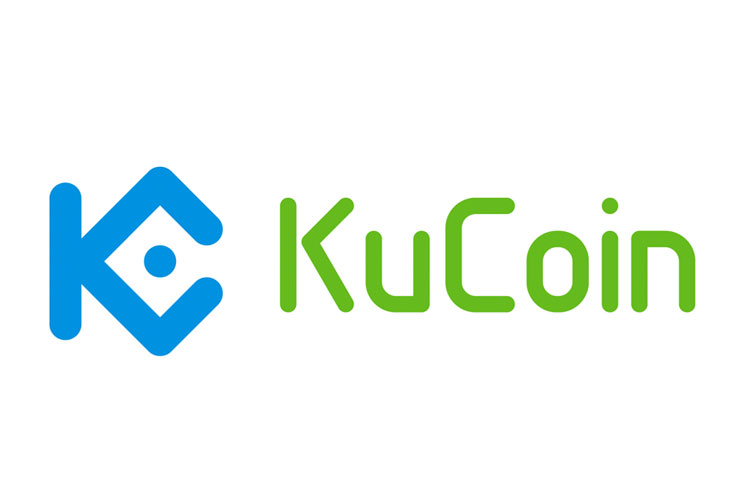
When compared to other exchanges in the market, the outstanding features of KUCOIN makes it stands out from all other exchanges. Comparing its simple and luring interface, the excellent customer service, and long-term experience of the team members:
Efficient Customer Service:
The customer support for Kucoin is very good, with multiple methods of contacting the support team. Kucoin has customer service available 24/7 via the hotline, email, and website, also the team members pride themselves on resolving any issues in a timely manner for ease of use. It is possible to email support@kucoin.com or contact support via the website. In addition to troubleshooting and answering questions, the support team is ready to listen to suggestions, as the exchange is dedicated to improving its services from customer reviews and suggestions.
Powerful API:
The Kucoin APIs are designed to allow access to all of the features of the Kucoin platform. The end goal is to allow people to potentially recreate the entire platform on their own. The API allows traders to check for their KuCoin trades and transfers them automatically into your other accounts. Follow this article to understand setting up your API.
Top Professional Team:
The team behind Kucoin has years of experience in the blockchain and cryptocurrency worlds, working in leadership roles in major companies. The team also has a strong emphasis on research and development, hinting at great things for Kucoin in the future.
The CEO and founder, Michael Gam, is a former technical expert at Ant Financial, an affiliate company of the Chinese Alibaba Group. He was also a senior partner at Internet giants like MikeCRM and KF5.COM.
COO, Eric Don, is referred to as a “senior Internet researcher, systems architect, and Internet industry star”. He is also stated to be the CTO and senior partner of IT companies including YOULIN.COM, KITEME, and REINOT.
Stable Financial System:
Even with its relatively recent launch in late 2017, KuCoin has already managed to work its way up from an obscure exchange to the 19th largest by trading volume. Kucoin takes precautions like those used in banks, including three centers and two locations to be disaster-proof. The exchange has levels of stability typically reserved for financing sectors. The underlying financial system’s design inspired the core exchanging system with its multi-cluster and multilayer architecture.
Safety:
Kucoin is indeed safe to use thanks to security efforts on both the system and operational level. On the system level, it helps that Kucoin was constructed using financing-level standards. This includes standard transfer encryption protocol for data transfer layers, meaning that all of the sensitive data and user data are stored in an encrypted data format. Also, there is multifactor dynamic authentication for additional security.
Step-up multi-factor authentication is a dynamic authentication model where a customer is required to perform additional authentication operations, as needed, based on policy. A typical example of multi-factor authentication is when a customer, having signed on with a password to an exchange’s site, wants to transfer money. The bank sends an SMS to the customer’s previously registered phone number to establish the required additional assurance.
Kucoin has a dedicated risk control system with strict standards for operating and using data involving multilevel review and approval.
Also, wallets within the Kucoin platform have multiple security levels to fit the storage scale in question. The micro-withdrawal wallets are stored in a private network architecture built using Amazon Web Services Cloud, which allows the wallets to take advantage of that cloud’s multilayer firewall. The documentation for wallets itself has industry-level multilayer encryption. Macro-wallets are typically stored in the bank.
Fast Transaction Processing:
Both deposits and withdrawals are processed within few minutes. Deposits are completed within just two minutes, while withdrawals under a certain amount are processed in a matter of seconds to a maximum of 10 minutes, depending on the volume of the transaction.
Invitation Bonus:
As an effort to maintaining the growth of the exchange, Kucoin awards news users with a bonus for inviting new users. The user who sends the invitation will receive a portion of trading fees
Fees:
One of the amazing properties of the KUCOIN exchange is its very low fees when compared to some other exchanges, both for trading and withdrawals, making it affordable to use this exchange.
There is no fee to make a deposit, and the trading fees are only 0.1 percent, based on the asset that you purchase. The fees for a withdrawal depend on the cryptocurrency in question, but some are free from fees, including GAS and NEO. Others have incredibly low fees, such as BTC at just 0.0005, LTC at just 0.001, and ETH at just 0.01.
Getting Started With Kucoin Exchange
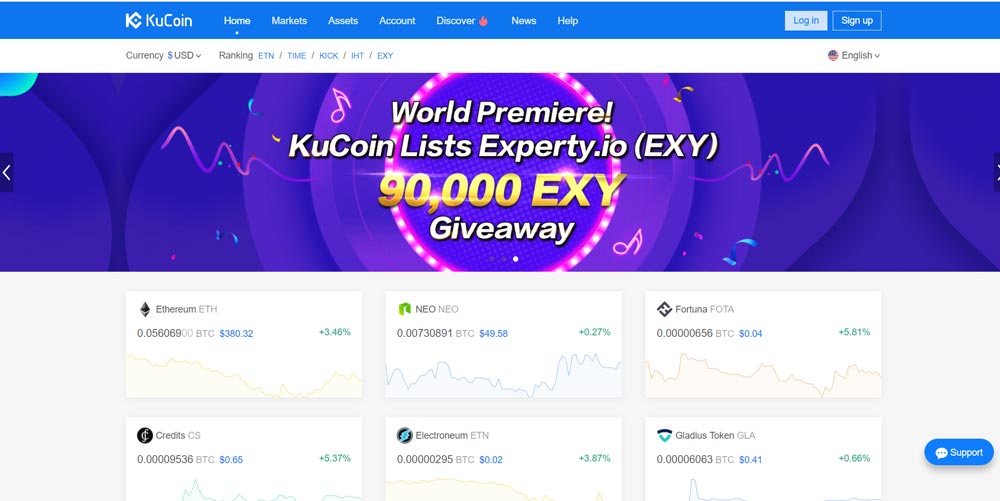
Click here to go to Kucoin. Making sure you are always on the right page, and to avoid phishing attacks, it is advised you bookmark this page. As a security measure, always make sure the website you are is secured.
-
Sign-up
- Click on the Log in button
- Accept the terms and conditions
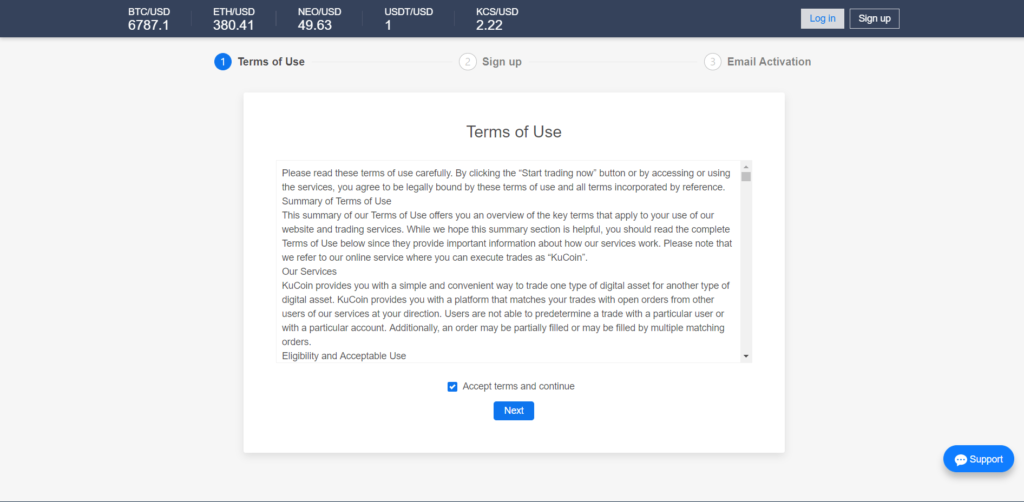
- Fill up the registration form
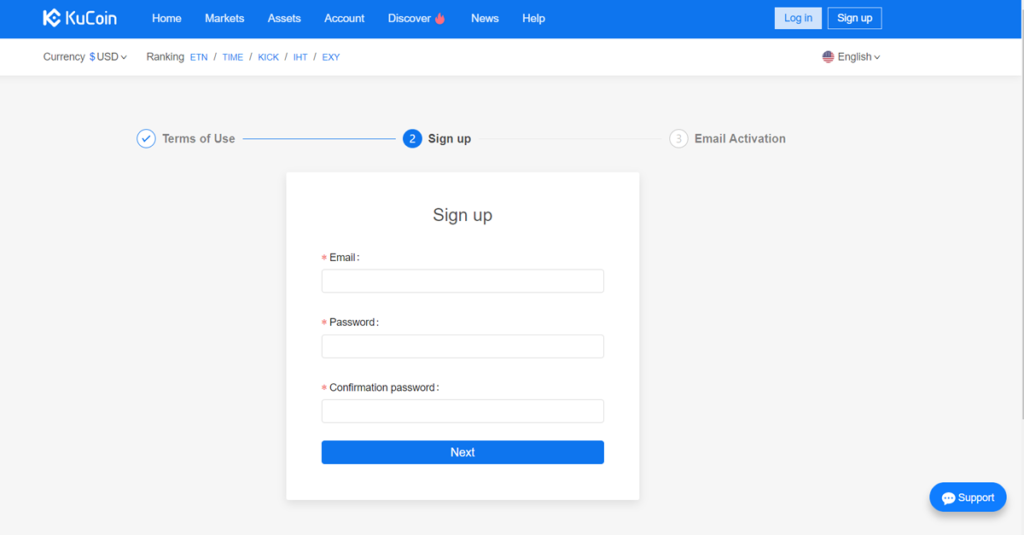
- Complete the email activation
Enable 2-Factor Authentication (2FA)
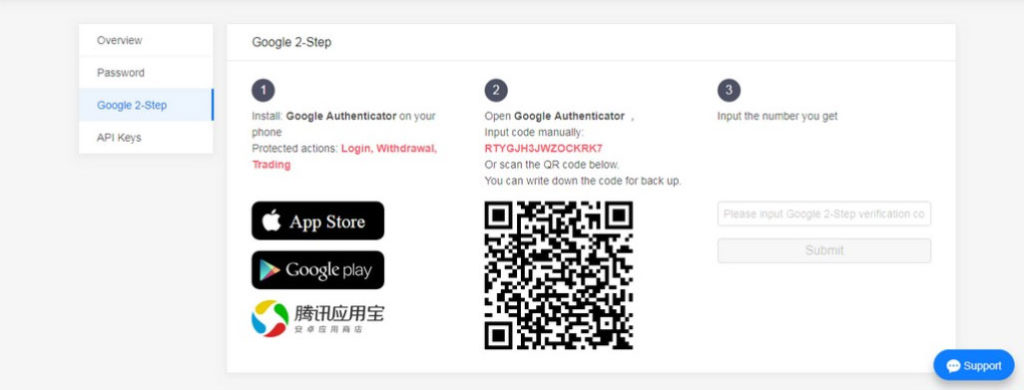
For maximum security, it is highly recommended that you enable 2-factor authentication.
To enable 2-Factor Authentication:
- Log in, and go to the Settings tab (on the right side) and find the tab titled Google 2-Step.
- If you are new to 2FA then you will need to download the Google Authenticator app which is available on your mobile device’s App store or Google Play. Add a new secret, scan the QR code
- Write your backup secret key on a secure piece of paper
- Inserted the 60 seconds changing code into the empty box provided.
Deposit funds
From the drop-down menu select the coin you wish to deposit. Search for the coin that you want to deposit and then add the address and the amount and then press the confirm button which is at the bottom of the screen. Then a newly created wallet is generated and this wallet belongs to Kucoin. The address of wallet for each of the coins is different. You have to make sure that you deposit only the specific coin into the wallet. If the address is incorrect then it would be a complete loss of all the funds.
- From your account, select ‘Assets’ from the top bar. Under that,
- Select ‘Deposit’ which is located on the left side of the page.
- Search for the asset you are willing to deposit (for example, type BTC in the address bar, and select BTC from the list of available options)
- Copy the generated address of the coins to the wallet from which you want to withdraw from.
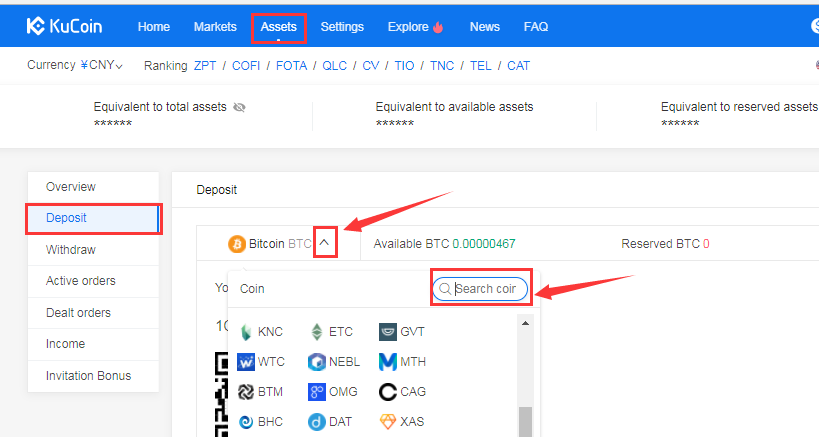
- Wait for the transfer to be confirmed by the blockchain, and your coins will be automatically deposited to your account after 6 or 12 network confirmations.
How to trade on Kucoin?
- Select “Markets” from the top menu.
- Select your desired trading pair from the table. In the example below, we are trading KCS/BTC pair.
- We start by selecting KCS/BTC pair market, and the interface below is brought to our view
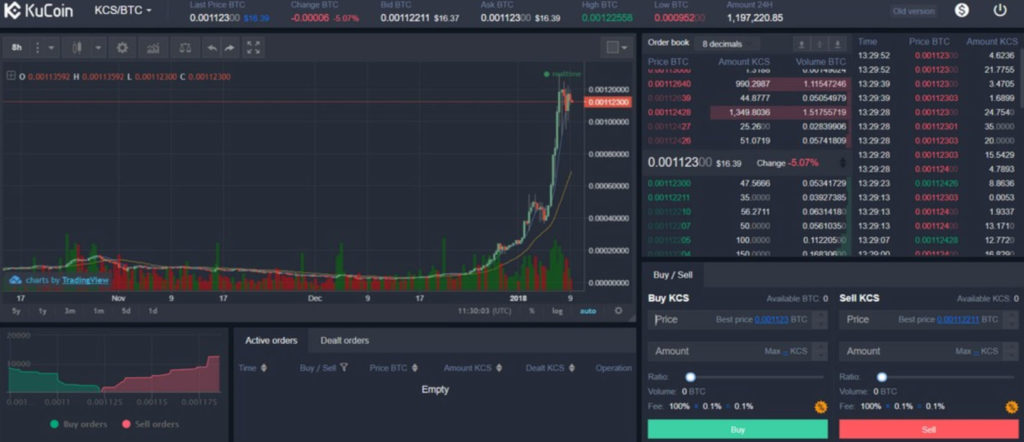
- Depending on your choice, you can either fill the BUY/SELL order. In this example, since we are changing our BTC to KCS, we fill the BUY order (that is the price at which we are willing to buy and the amount we are willing to buy above the GREEN buy button)
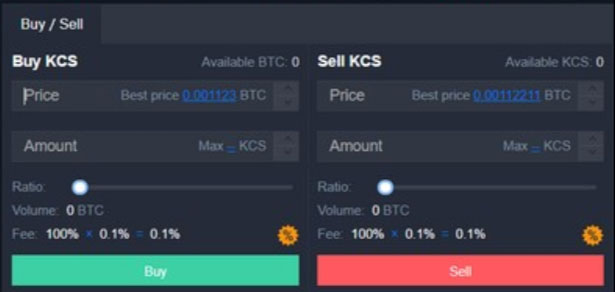
- To know the current price, check the last price in BTC on the top-most bar as shown below:

After filling the order, the total cost (in BTC) will then be calculated automatically and displayed next to “Volume”.
Note: There is always a trading fee associated with each BUY/SELL order placed. Trade’s fee will be displayed as well.
Kucoin is currently offering relatively low fees for trading and also for withdrawals. There is no fee for making a deposit. Trading fees are 0.1% from the coin bought. Withdrawal fees would depend on the coin you withdraw. Neo and Gas are free to withdraw. To learn more about trading fees, a complete guide from the official KUCOIN page can be found here.
Withdrawing funds from your KUCOIN account
- Login your KuCoin account
- Click on “Assets” from the uppermost bar
- Select withdraw from the navigation bar on the left
- Select “Withdraw”
- Search for the “Asset” you are willing to withdraw and select the token
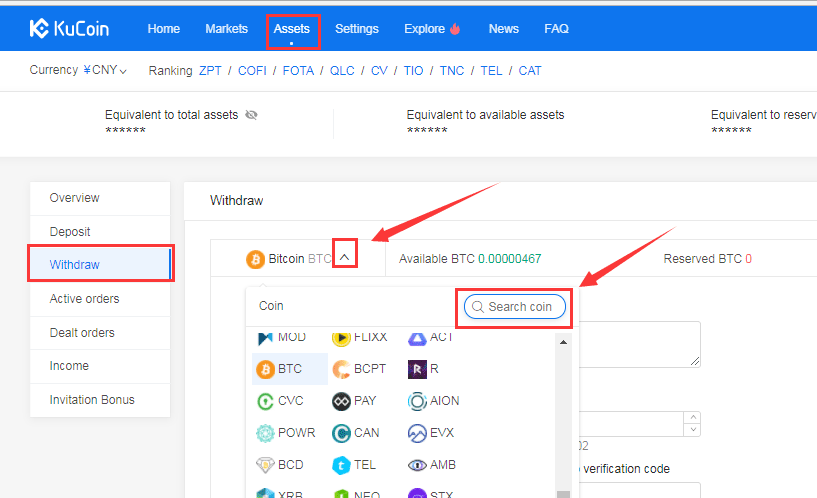
- Confirm the withdrawal from the mail sent to your inbox.
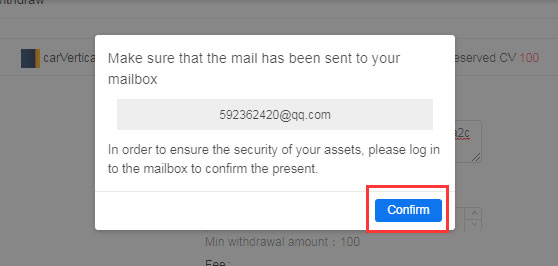
- Click on the confirm button
Note: If you can’t find the mail in your inbox, check your junk mailbox. Alternatively, you can view the withdrawal records and click on the “Resend email” button as shown below.

Cryptocurrency Information
Bitcoin Volumes Finally Grow Again and Bitfinex/Tether Issues Spark Systemic Risks, New Diar Report Affirms
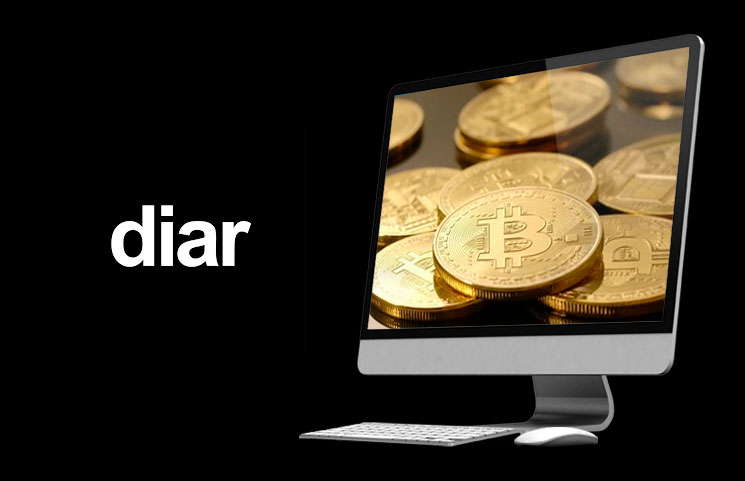
Diar has recently published its report of the crypto market for April. According to the company, Bitcoin volumes are finally growing again and the whole situation with Tether and Bitfinex showed the industry some of its systemic risks. DAI fee hikes and stablecoin projects were also highlighted in the report.
Bitcoin Goes Back To Growing Again
The main highlight of the month is, obviously, that Bitcoin is back on the action. After facing lows which started in 2018, the token has finally been able to effectively reverse the trends and have an actual price surge this month, going from less than $4,200 USD to over $5,200 USD during this short timeframe.
With this, the number of on-chain transactions has spiked for three months in a row, since prices started to get some of their value back in March and April. Now, transaction volumes are around their levels in June 2018 when the price of the asset was around $7,000 USD.
However, charts indicate that Bitcoin is yet to find more footing outside of speculative trading, so the bull market may not be as near as some think.
When looking at the volume of the whole quarters, Q1 2019 had lower volumes than Q4 2018, but Q2 2019 started considerably well.
Bitfinex and Tether Start Concerns of Systemic Risks
As you may have heard, Bitfinex was accused of using Tether funds to cover up its losses. According to Diar, there is a 26% shortfall of in-cash reserves to back Tether tokens (USDT). Tether loaned $850 million USD to Bitfinex to cover up losses and its general counsel Stuart Hoegner has affirmed that the company is operating with fewer reserves than the total market cap of the token.
This happened because Bitfinex had the $850 million USD “seized” by Crypto Capital, one of its payment processors. Unless Hoegner is lying, though, the company had the assets to back the stablecoin until recently.
While it is clear now that Tether simply does not have the money to back the funds, people simply keep buying the tokens. Now, instead of all cash, some shares of Bitfinex are being used to represent the rest of the value, which makes the stablecoin enter securities territory for the first time.
Curiously, the markets are all very tolerant now since the prices are still stable but the systemic risks are clear, especially if other companies are to follow Tether’s path.
DAI Hikes Fees Once More
Another situation highlighted by the reports is that DAI has decided to upgrade its stability fees once again as the community is desperately trying to make the prices of the so-called stablecoin go up again. DAI tokens are being sold for less than $1 USD, their official price, on secondary markets.
At the moment, the fees are 16.5%, after increasing three times in only one month. Before April, the fees were only 7.5%. This has resulted in a decrease of 4.9% in the circulation of DAI tokens.
Stablecoins Eye Wider Use Cases
Gemini and Harbor, a A16Z tokenized securities platform, have started a partnership in order to get more clients for the Harbor stablecoin. However, this was deemed “too soon” by Diar, as Harbor does not have any known token right now. The only one the company had was canceled.
TrustToken is also trying to get more stablecoins on its list, especially the ones that are not focused on USD, but on several other fiat currencies like HKD, CAD or GBP instead.
Cryptocurrency Information
#DropGold Campaign to Hit Your TV, Here’s A Breakdown of the Underlying Bitcoin Message(s)

Grayscale, a leader in digital currency investing, launched an ad on Wednesday, May 1, telling investors that money should be contributed to Bitcoin holdings as opposed to gold. In a number of interviews, CEO of Grayscale’s parent company (Digital Currency Group), Barry Silbert and Managing Director of Grayscale, Michael Sonnenshein, have since expressed the underlying message of the ad.
The #DropGold Ad
According to news outlet, U Today, the ad starts off with a man holding gold bars in his arm, which he decides to drop. While doing so, a woman also does the same. Throughout the ad, people supposedly have their gold bars stacked in shopping carts, while “losing their gold coins.” Watching what’s about to unfold, the two individuals try to find their way out.
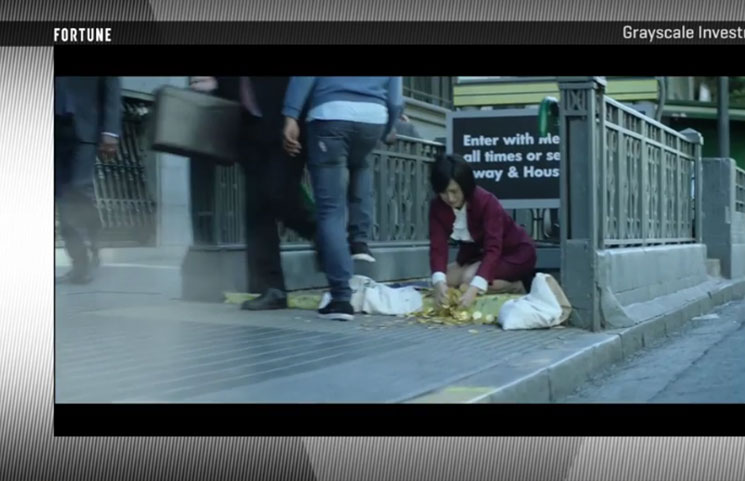
Advertising Bitcoin or Grayscale’s Services?
Despite being the one to have introduced this campaign, Silbert argues that it isn’t entirely about Grayscale services, but rather said services being a result of consumers’ decision. Yahoo Finance has since quoted the following comment made by Silbert himself:
“We do not see this as a Grayscale commercial. For us #DropGold is our ‘Got Milk’. This campaign is first and foremost focused on starting a conversation about bitcoin vs gold. If the ad makes people want to get into Bitcoin, we’re completely indifferent about how they go about doing it.”
Having said this, the commercial is evidently portraying Grayscale as an option, as towards the end, one is told, “Go Digital. Go Grayscale.”
Silbert’s and Sonnenshein’s Arguments Regarding Gold’s Limitations
Silbert believes that this campaign works towards addressing the fact that Bitcoin can serve as an equal asset class as gold, if not better. In particular, he was quoted saying, “But now you have Bitcoin, which, in our opinion, provides all the same attributes as gold – it’s fungible and scarce and you can’t counterfeit it – but the big difference is that Bitcoin has utility. Gold doesn’t have much utility beyond jewelry.”
He further argued that the goal here isn’t to replace fiat currency for shopping purposes, but rather to show the world that Bitcoin does a better job at doing gold’s job and this will be evident in the long run. Although he has acknowledged Bitcoin’s volatility as being concerning, he is hopeful that it will one day serve as both an ideal utility token and store of value.
As for Sonnenshein’s viewpoint, he sees this ad as revealing the “absurdity” associated with gold. More specifically, he said:
“We’re going after a narrative around gold being where investors should go when markets turn south or as a hedge against inflation […] we’re highlighting the absurdity of gold.”
As per The Block Crypto, Grayscale also tries to convince investors that the return earned from redistributing 5% of gold to Bitcoin will be greater than 5% yearly.
What are your overall thoughts on this ad? Did it leave you asking yourself, “Why did you invest in gold? Are you living in the past?” Share your thoughts below!
Cryptocurrency Information
Huobi Pro Bitcoin Exchange: Cryptocurrency Asset Trading Platform?

Huobi Pro Cryptocurrency Exchange
Founded in 2013, Huobi Pro allows for a myriad digital currencies to be exchanged, at a 0.2 percent trading commission. Loyal users point to the low fees and stellar service that make the exchange stand out above others.
Although pitched at dedicated cryptocurrency enthusiasts since the site doesn’t accept fiat currencies many who enter the realm on the back of fiat end up at Huobi Pro, largely due to its diverse offering and favorable fee structure.
Huobi Pro in A Nutshell

A victim of China’s clampdown on digital currencies, the company might be registered in the Seychelles, but was originally founded in Beijing. As testament to the broad appeal of the platform, after the Chinese regime effectively banned all things crypto at the beginning of 2018, trading volumes have only grown.
While at first very much a Chinese company looking at the home market, Huobi Pro has been forced to find a wider marketplace on the international scene. Indeed, even prior to the official cessation of altcoins and their trading, the company heard the rumblings in 2017 and took its cryptocurrency interests abroad.
Huobi now provides exchange services to users in over 130 countries. Company offices are located in the USA, Korea, Japan, Singapore and Hong Kong. Although the Huobi Group also owns and manages the Huobi Autonomous Digital Asset Exchange (HADAX), Huobi Pro is more of a pure “login and trade” exchange.
Users can employ network tokens to cast votes on adding new altcoins on HADAX. On the Huobi Pro exchange, a simplified offer encompassing all of the mainstream altcoins greets visitors. Some more popular coins offered are Bitcoin (BTC), Bitcoin Cash (BCH), Ethereum (ETH), Litecoin (LTC), NEM (XEM), NEO (NEO), Qtum (QTUM) and Ripple (XRP).
That said, when one actually tallies the number of altcoins available for exchange, it becomes apparent why loyal followers value the site. A marriage of both simple ease of use and diversity in trading, the platform is largely welcomed by newcomers and experienced enthusiasts alike. In the current melee of regulation being contemplated, implemented and tweaked all the while, some users may be precluded from trading on the exchange based on their country of residence.
Huobi Pro accepts the funding of accounts only in digital currencies, and accepts deposits in any of its listed altcoins. Unlike other exchanges that have opted for a midway between crypto and fiat, Huobi Pro traders deal strictly in digital coins at every point of a transaction. Funds need to be withdrawn to a wallet, and fiat users looking to buy in will have to establish a wallet first in order to fund their Huobi Pro trading account.
Traders pay a maker or taker fee of just 0.02 percent using the exchange. There are more detailed offers, worth looking at for daily traders with volume.
Huobi Pro Membership Levels
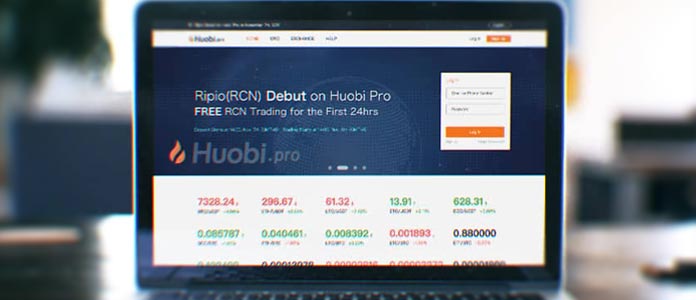
VIP users get preferential platform trading fees if they buy the privilege with Huobi tokens. The Huobi Token (HT) was never an ICO token, but rather a system token that users only obtain by buying “Point Cards” on the Huobi Pro platform. Point Card is essentially a pre-paid Huobi card that keeps users liquid on service fees. One HT = 1 USD, therefore one “point” = 1 USD. The more points purchased, the more free points are added, although savings on 1000 points, for example, means only 10 HT for free.
Huobi Global minted a fixed total of 500 million tokens, with 300 million employed to facilitate the in-house VIP structure. A mark of the business group behind the platform is seen in their practice of buying back-sold tokens from the open market each quarter. Not only that, but those funds go towards the Huobi Investor Protection Fund (HIPF).
This is a planned fund that will compensate investors who suffer platform disruption and subsequent losses. It’s a tool that minimizes risk, smooths out the market overall and also goes towards protecting investor interests. This transparent and pleasing aspect of the platform is one reason traders have confidence in the exchange, and its popularity is rising worldwide.
By way of example, in order to glean a VIP status, a trader will pay 120 HT a month for First Level membership. This enables a 20 percent discount on trading fees. Running through toward the top end, a pricier option of 6,000 HT a month secures a 50 percent discount on fees. Overall, a diligent trader can optimize the system and come out with a substantial discount on the already low 0.02 percent base offer.
The company charges no fees to deposit funds, but there are withdrawal fees. Although there are reviews online listing withdrawal fees, it appears that, especially within the membership structure, users are advised to ascertain exact fees when establishing their account. Likewise, transfer limits need to established upfront to avoid disappointment later. There exist order size limits on the platform too, again becoming more malleable as one moves up the ranks of the VIPs.
Security And UX On Huobi Pro

All of the standard protocols including two-step Google Authenticator verification are at play on the platform. Unlike many other exchanges that offer a simple crypto-exclusive platform, Huobi Pro will need your personal details in the form of a passport copy and chat room comments are not devoid of complaints, although almost all of them take issue with the structure of the platform and its potential pitfalls. There are few allegations of lost funds or other negligence on behalf of the company. On the whole, Huobi Pro seems to be rubbing off its decidedly corporate ethos onto the exchange – good news for traders overall.
Another serious boon for the cryptosphere as a whole is that over 98 percent of holdings are stored in an offline cold wallet or vault. Imbued with a strict customer service ethic, the platform probably sports the best customer service to date for crypto exchanges. Available 24/7 365, there is a live chat option onsite.
The platform intel is sufficient although newbies might have to scratch to paint a clear picture of how exactly everything works. The FAQs are thoughtful and, again, testament to a polished offering. Huobi used to be one of the biggest Chinese crypto exchanges, based in Beijing. Started by entrepreneur Leon Li in 2013, since the move there has been mutual appreciation of its value. Worldwide users have taken to the exchange, as it too realized that it had global appeal.
Huobi Pro Conclusion

Huobi claims to have exceeded BTC 500,000 in daily trading approaching 2014. Although only in its fifth year, that’s a long time in cryptocurrency. Although frequently accused of embellishing trading volumes, these allegations have never been proven. In comparison to other digital exchanges that have suffered persistent user complaints and even been shut down due to criminal activity, Huobi Pro shines.
As an offering, it has low fees, great diversity and an unbeatable crypto-energy. No trader on the platform feels like they’re missing out on something else somewhere else, by most accounts. Possibly due to their prior involvement in the fintech world, the platform got it right first time around and user numbers prove it. The company Huobi also owns another trading platform, BitYes, more focused on USD/BTC and USD/LTC pairs trading. Great customer service and minimal technical glitches have made it appear positively top-tier, again in comparison to less polished outfits.
With a detailed offering, great client liaison – very unusual for most digital exchanges so far – and no legitimate proof of anything even vaguely dark hanging about them, the Huobi Pro project is recommended. Users are advised to always ascertain costs prior to trading – not hard with the customer support in this case – and sample a platform with small trades before trading greater amounts. To learn more, you can head to their official website: huobi.pro










